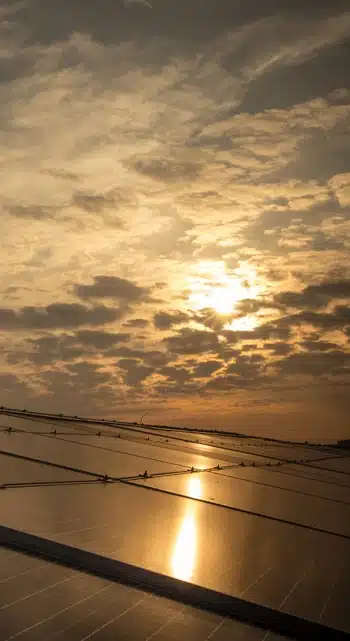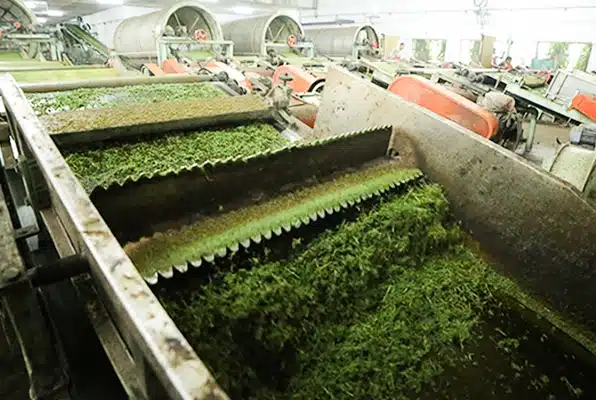Ever since the British captured India, tea has been at the heart of Indian culture. The Yandaboo Treaty, signed in 1826, handed the territory over to the British East India Company from the Ahom monarchs. The first English tea garden opened in Upper Assam in 1837, and the Assam Tea Company started commercial tea manufacturing in the area in 1840.
Since then India has become the largest consumer of tea, as the community consumes a whooping 30% of the global output.
India is the second largest tea producer in the world with a production capacity of approximately 1339.7 million kgs. But not only production, India also contributes the fourth most in the case of tea export.
This market is predicted to increase at a CAGR of 4.2 percent through 2026, when it will be worth about 1.40 million tonnes., whereas the global market was valued at nearly 200 billion U.S. dollars in 2021.
Even though it is said that India is one of the biggest tea manufacturers in the world , the majority of the tea comes from the East & North-East part of the country, mainly from West Bengal & Assam.
To further promote the tea production in this region, on 15 December,2021 the Tea Board of India has conveyed an approval for the “Tea Development & Promotion Scheme” in which the tea produced here will be marked branded to increase the brand value of the tea from this region.
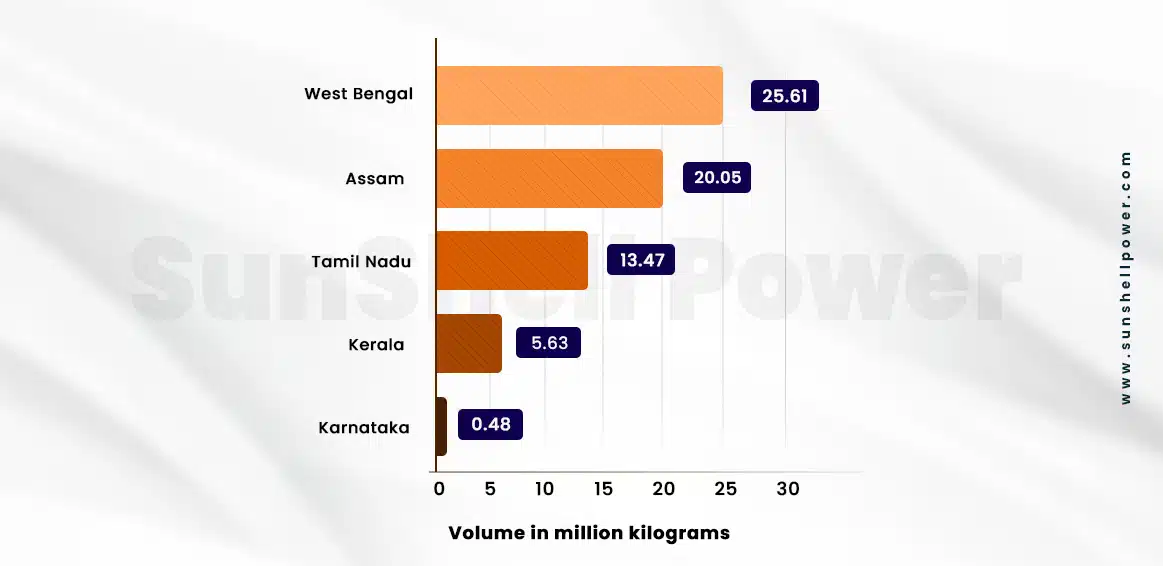
But for a long time the tea industry has been in the focus of being in financial crisis and sometimes for the use of old technologies for production. As sometimes the industry can’t fulfill the huge demand for Indian tea. Ancient technology and efficient processing techniques can’t be catered due to insufficient funds and lack of infrastructure.
Now to look closely into this matter , we must first know about the process of making tea leaves.
Components & Working Process of Tea Factories
- Tea Plant : Before knowing about the entire processing process we must primarily know about the plant itself. Camelia sinensis is the scientific name of the plant. The first tree of this type was first cultivated in Assam in the 16th century. The plant can grow upto 16m and are cultivated at altitudes at 2460 meter above the sea level. These bushes are kept at a height of two and a half feet.
The entire year plucking continues but the best plucking season is just after the monsoon season. Now, let us look how the green just picked fresh leaves turn into the tea, as we know. - Processing of Tea : Due to tiny differences in the manufacturing procedures, numerous varieties of tea exist, each with its own color, fragrance, taste, and look. Basically there are two types of tea- conventional black tea and unfermented green tea.
Basically fermented black tea leaves production consists of 6 steps.
These are :
- Withering : Leaves are sorted and spread out in a thin layer on wire mesh racks on hot blowers as they are delivered into the processing plant. At least half of the moisture in the air is dried off throughout the withering process. For 15-20 minutes, this artificial drying procedure is used. They are then fanned out for roughly 20-24 hours in a glass roof chamber. After this process is done, the moisture level comes down to 40-45%.
- Breaking Up : After the withering process is done, the leaves become more dry and then the leaves are broken up as this makes the leaves aromatic and increases the caffeine component.
- CTC Method (Crushing, Tearing & Curling) : The CTC machine is made up of two metal rollers that are separated but set with the smallest possible spacing between them and circle at different speeds. The withered and broken tea leaves are sliced, torn, and twisted by this action. As a consequence, the tea leaves’ juice is forced to the leaves’ surface, kicking off the fermentation process.
The rolled leaf is then run through a roll breaker to separate the twisted from the untwisted leaf and to prevent heat buildup. Meshes separate rolled leaves in this machine. While the rolled leaf ferments, the unrolled leaf is returned to the rollers for additional rolling. - Fermentation : Fermentation is the oxidation process when the water ingredients are exposed in the air. The oxidation process begins during the rolling method. In separate rooms the leaves are left for a few days for the oxidation process to complete. The fermentation rooms must be kept clean to avoid any bacterial infection. The layers of the leaves are approximately 3.5-7.5 cm thick. The width of the layer depends on the room temperature. The ideal fermentation room temperature is around 32℃- 35℃ and the ideal humidity level is around 95-98% RH.
- Drying /Frying : A four-plate system drier was used to complete the drying process. I instruct the polyphenol oxidase enzyme to be properly inactivated by blowing hot air up to 90 °C against the leaves, which should have reached 80 °C when the time is up. When the moisture level is lowered to 3.5 %, the scent develops and the leaves take on their characteristic black hue. The drying process takes 20-25 minutes and the initial temperature of the blower can reach upto 120℃.
After the fermentation process is done the moisture level can drop upto 2%. - Grading & Packing : The fermented and fried tea leaves are then sorted out by passing them through certain sizes of mashed wires. The leaves are separated based on their sizes. The dust leaves and small ones are separated by this process and they are packaged according to their size.
Machineries :
Majority of the machineries used in the tea-processing units are during the withering, frying and cutting process of the leaves. The machineries used here are :
- Green Leaf Shredding Machine
- Z-Cut CTC Machines
- Samurai CTC Machine
- Withering through with fan
- Rotor Vane Machine
- Ball Breaker Machine
- Dryer Feeding Conveyor
- Dryer with Hot Air Impeller
- Heater
- Bulk Storage Bin
- Sorting Tray
- Winnower
- Packing Bin
- Screw Conveyor
- Dust Storage Bin etc.
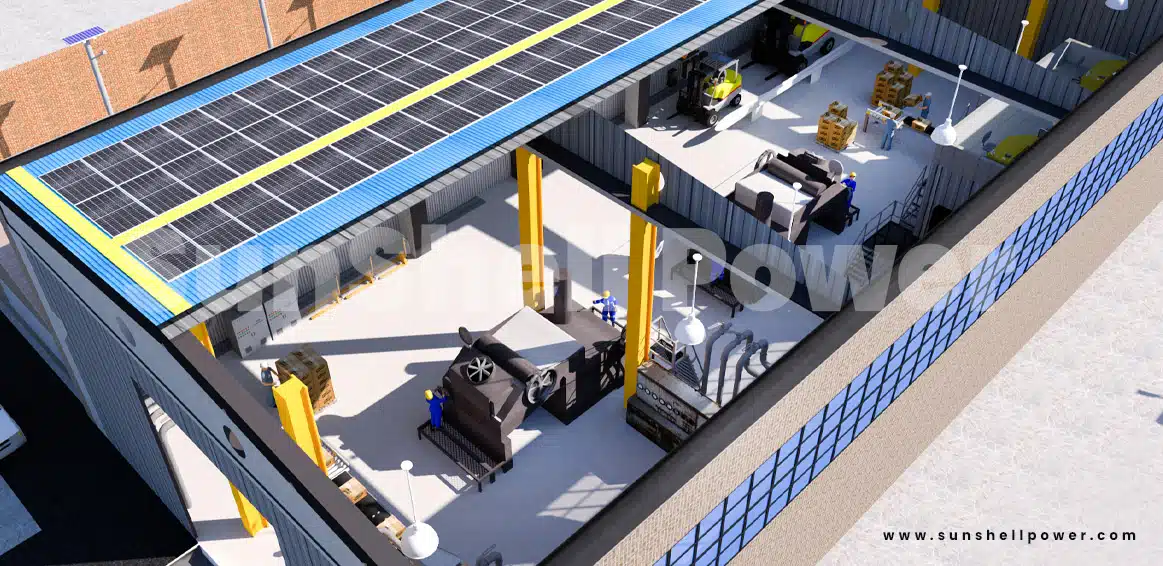
Electrical Load & Consumption:
Even though the Tea market is a large-scale business in India, it contributes only 1% of the country’s GDP. This is due to the high electrical usage during the processing. Not only electricity but coal is also used as thermal power.
The cost of energy accounts for around 30% of the entire cost of tea processing, among which electrical energy and thermal energy counts for 42% & 58% of the total energy.
The following table shows the approximate electrical and thermal energy required for production of 1kg of fermented black tea leaves.
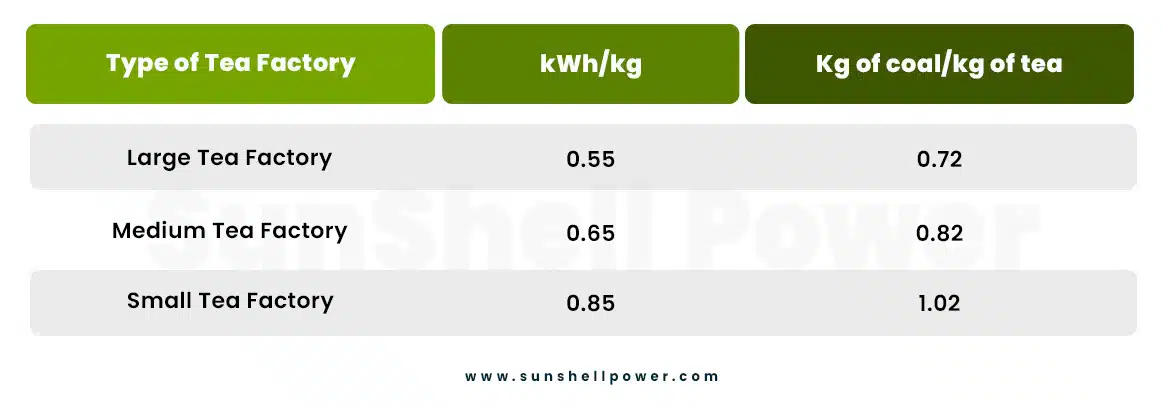
As for annual consumption of energy the metrics also vary as per the production capacity of the plant:

Problems faced by Tea Factories
As discussed above, the tea industry faces various financial, power and labor related problems every financial Year.
- Decline In Tea Price & Ever Rising Tariff Charges : The tea auction price has been steadily declining over the years due to a variety of factors. According to the World Bank, tea prices have dropped by over 44% in real terms. All of the earnings from the tea gardens in India were siphoned off, with no genuine or effective investments in enhancing tea quality. On the other hand,tariff charges have risen 200% in the past 15 years. This has prevented the industry from growing.
- Less Production of Tea : Many tea gardens have become unhealthy as a result of a lack of infrastructure and upkeep. Because of a lack of capital investment, the facilities were unable to offer the required finances to restore the planet’s health. These reasons have led the industry to a helpless situation.
- Lack of Reliable Power : As majority of the processing units are situated near the tea gardens ,in the valleys, unreliable power supply has become a common issue. As plucked leaves need to be in the withering process under a certain time. Due to power cuts the majority of the plucked leaves become a waste.
- High Diesel Price : As majority of the tea processing plants use Diesel as their backup power source and the diesel price in the mountains is much higher which drains approximately 30% of the total operating cost
Carbon Emission :
Huge carbon emission has emerged as one of the major problems of modern human civilization. Even though tea has become a major part of human culture, processing of trees is not a carbon-free process.
To process and finally produce 1kg of tea approximately 2.24 kg of CO2 is emitted.
A large tea processing plant with a production capacity around 500 – 1500 MT emits around 33,33,288.36 kg of coal every year.
So, What’s The Way Out? Solar Solutions for Tea Factories!!
Human civilization is increasingly moving toward renewable energy as technology advances. Solar plants are also the most dependable renewable energy source. SunShell Power provides solar rooftop solutions for all of the problems that arise in rice mills. Solar modules have a 25-year lifetime with no maintenance, making them very dependable and efficient.
- Grid-connected Solar Rooftop Plant
- Solar Street Light
- Energy Auditing
Grid-Connected Solar Rooftop Plant (On-Grid ) :
Reliable and efficient grid-connected solar power plant with minimalistic maintenance and available net-metering facility, a credit system through banking of power . If power cuts are not frequent and for facilities with a huge load , this type of power plants are ideal.
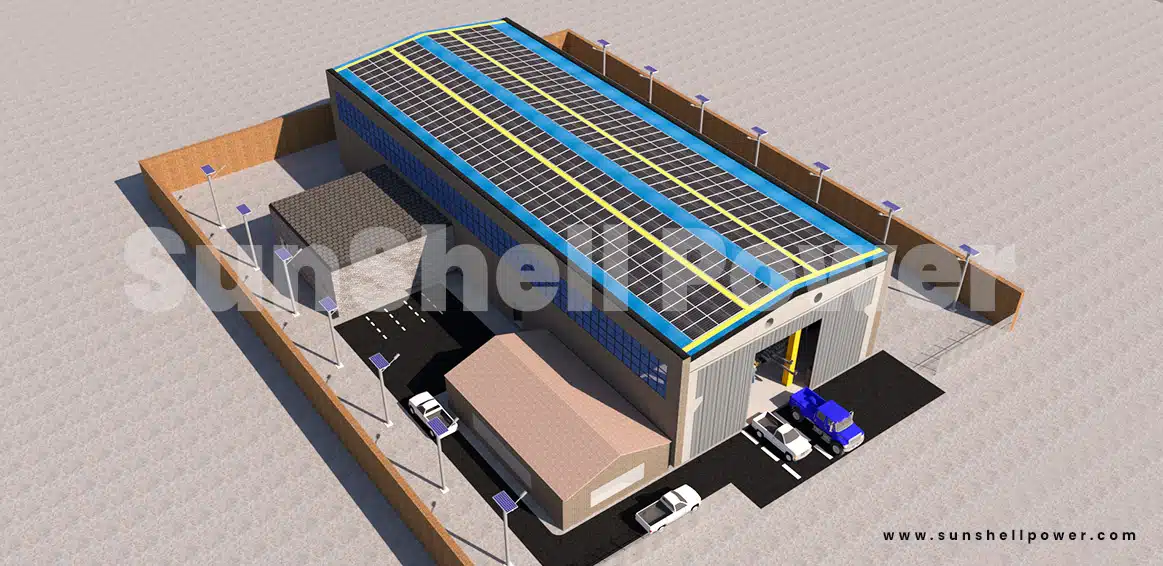
Why On-Grid?
Even though, in SunShell Power , every solar plant is important and valuable for us, for steel facilities we would highly suggest the authority to install on-grid solar power plants. From our previous experiences , we have pointed out several points from which we have declared the Grid-connected Plant to be a clear winner :
- These systems are best suitable when power consumption is really high and for cost-reduction of electricity bills which can be one of the key-solutions for the financial problems of these plants.
- On-grid systems can be installed with or without net-metering. Therefore on-grid systems can be your own money making machine,
- On-grid solar systems are very cost-effective and easy to install,
- As there is no battery backup, maintenance is minimal, which can be helpful in the busy environment of the hospital.
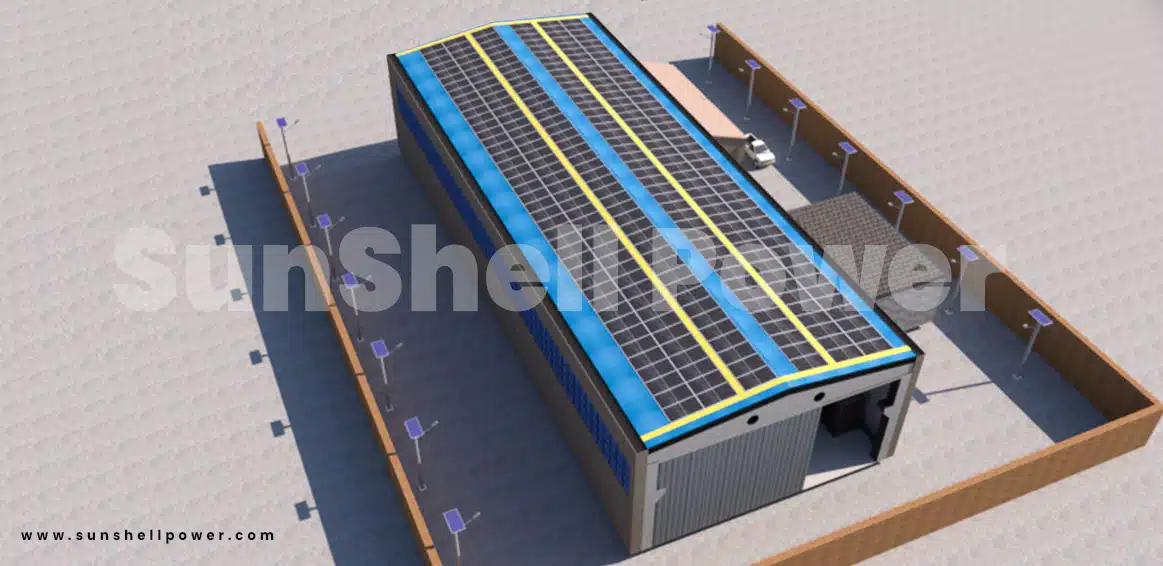
Benefits of Solar Solutions for Tea Factories :
Now, the question may rise to your mind,why should I invest in solar ?
Apart from being eco-friendly and producing green energy, solar power plants are a great financial and economical investment, which is also a reliable source of power . Here, from the feedback of our previous consumers we have listed 6 listed overall benefits of solar :
- Reduced electricity bills as dependency on conventional electricity & DG is reduced,
- Government gives subsidy for solar panel installations,
- Tax benefits by going for accelerated depreciation,
- Low maintenance and longer lifespan,
- Environment friendly solar power is the best way to preserve our planet,
- Proper utilization of the blank space on the roof shades.
Average ROI
The average ROI of a grid-connected solar plant in a tea processing plant is around 3-4 years, it can change based on the load of the tea estate.

Alternate Solutions :
- Hybrid Solar Plant: If some of the tea estates require electrical backup as in some places in hills clear sky is a rare scene, hybrid power plants can be a good alternative, hybrid power plants are also preferable ,as the backup battery reduces the facilities dependence on DG backup motors, reducing much carbon emission in the environment. But , as the required load in the rice mills is much higher , batteries with much higher quality and larger storage capacity are recommended.
- Off-Grid Plants : As hybrid plants are costly and may exceed some initial investment budget of many facilities to install a solar plant with backup , the next best option is off-grid plants. In case of frequent power cuts and outages , application of such would keep the steel factory active for a few more hours.
Solar Street Lights :
As tea being very costly and valuable, estates and processing units require a 24 hour surveillance for security and for illumination , solar street lights are the best options as majority of the tea processing units are situated in remote locations where electricity is not available.
- Two-in-one (Semi-integrated) : Used for a variety of purposes, these are easy to install and are low-maintenance
- Solar Mini Mast : Best for places with unstable power sources, uses green energy and needs almost zero maintenance.
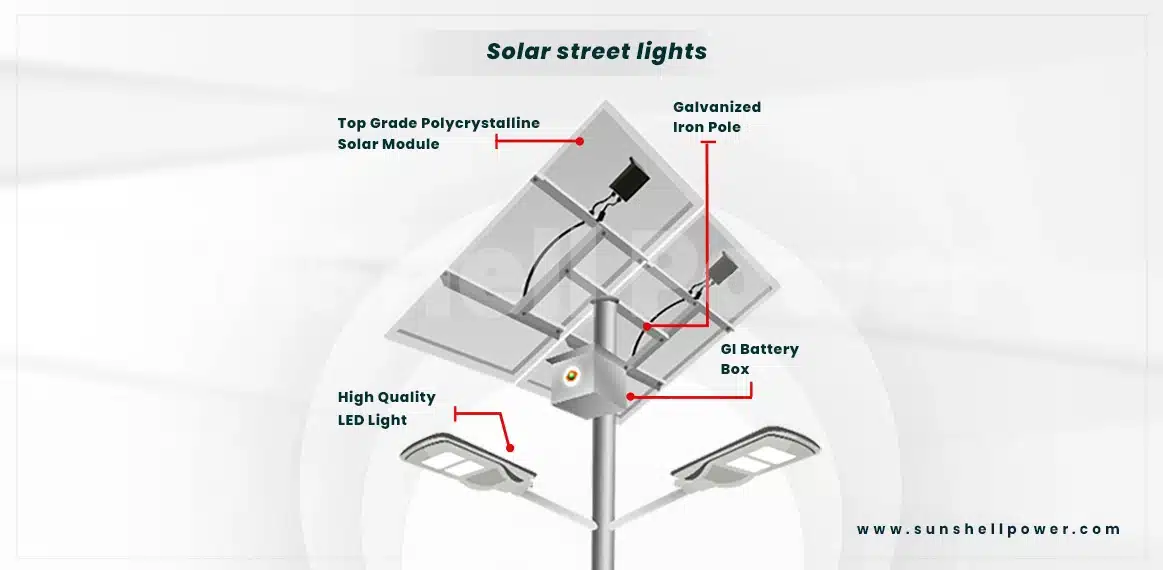
Energy Efficiency :
- To lower the energy requirements of a tea processing facility, we must not only produce green energy, but also save and use energy efficiently.Energy Auditing can be used here in these facilities to control the energy consumption
- Energy Auditing : Energy auditing is an energy assessment. This assessment looks at how energy flows through a structure,
process, or system in order to minimize energy input while preserving or increasing human comfort, health, and safety.
According to the definition of ISO 50002 standard, an energy audit is a systematic analysis of energy use and energy consumption within a defined energy audit scope, in order to identify, quantify and report on the opportunities for improved energy performance.
- Energy Auditing : Energy auditing is an energy assessment. This assessment looks at how energy flows through a structure,
There are three types of energy audits:
- Walk-Through Audit
- Energy Diagnosis
- Investment Grade Audit
Depending on the purpose and potential savings the type of energy audit is chosen.
If the priority is to identify potential savings and further studies a walk-through audit is recommended whereas if the intention is to invest a large amount of money in energy efficiency measurement an Investment Grade Audit is done.
Benefits :
- Energy auditing helps reduce costs in the facility,
- It helps reduce environmental damage and pollution,
- If any energy is active then it can be detected.
Inclination Towards A Green Future :
As the world has determined to go carbon free, India has also set a target of net-zero emission by the year 2070. GOvt. are offering various schemes and policies for solar installations, it is our duty to play our part to make this green mission a success.
Recently Northeast India’s tea gardens have adopted solarization as an alternate power source and to reduce electricity cost.
McLeod Russel India Limited has recently announced plans to install 100 kWp Off-Grid Solar at their Attarekhat Tea Estate.
Majority of the tea estates are operational during 6 a.m. – 6p.m. . So, solar power plants can cater all the energy needs of the facility.
Enquire Now
